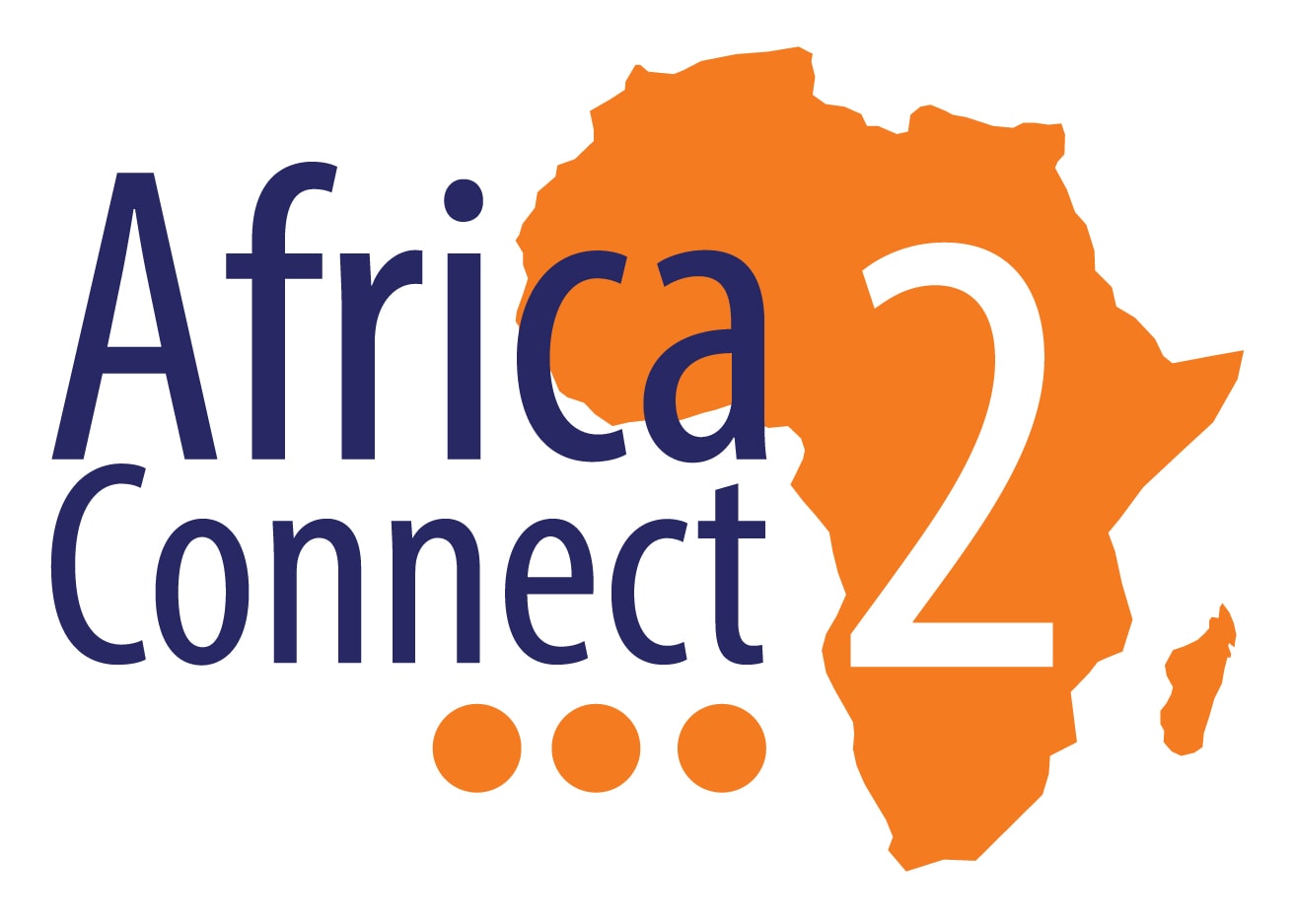Protecting soil resources in Zambia
In the digital era, soil maps come in various digital vector and raster formats and are used for various applications in geosciences and environmental sciences. Digital soil mapping entails data-intensive modelling and visualisation to create spatial soil information systems using field and laboratory methods coupled with remote sensing imagery.
High-speed internet access enables researchers to rapidly acquire large data sets and thus to gain an accurate understanding of physical, chemical and biological soil processes and their roles in delivering ecosystem services; in additon, faster analysis results allow them to monitor soil degradation and provide input to sustainable land management policies.
In an interview with Colleen Wint from the Caribbean Knowledge and Learning Network Agency (CKLN), Dr Lydia Chabala from the University of Zambia explains how the Zambian NREN (ZAMREN) is helping her advance research in soil observation by providing the required bandwidth and seamless access to global data.
WATCH the interview.
For more information please contact our contributor(s):




